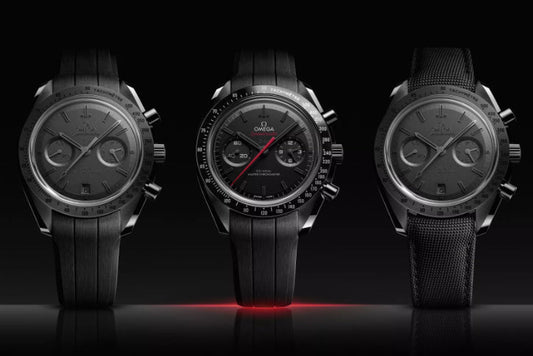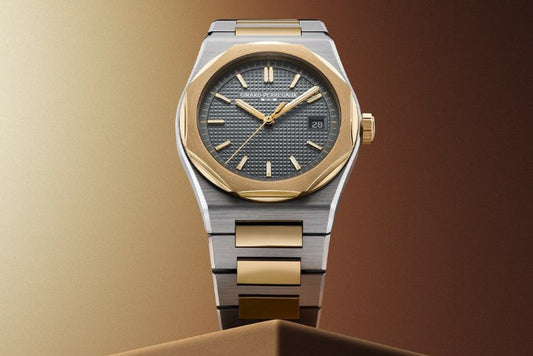We became watch technicians
Fernando AldeaOur followers asked for it, and here we are: an article dedicated to breaking down the secrets of watches in a simple and entertaining way. From how they work to their types and essential parts, we turned to watch experts to explain everything you always wanted to know but were afraid to ask. Because understanding your watch means enjoying it even more.
We know that watches are much more than simple, outdated accessories. They're small masterpieces that combine art, history, and technology in equal measure. But, just between us, how much do you really know about what goes on inside your watch? Don't worry, this isn't a knowledge test or anything like that. In this article, we're going to figuratively disassemble the watchmaking machine so you understand how they work, what makes them unique, and why some are worth more than a car. Get ready for a technical yet entertaining journey.
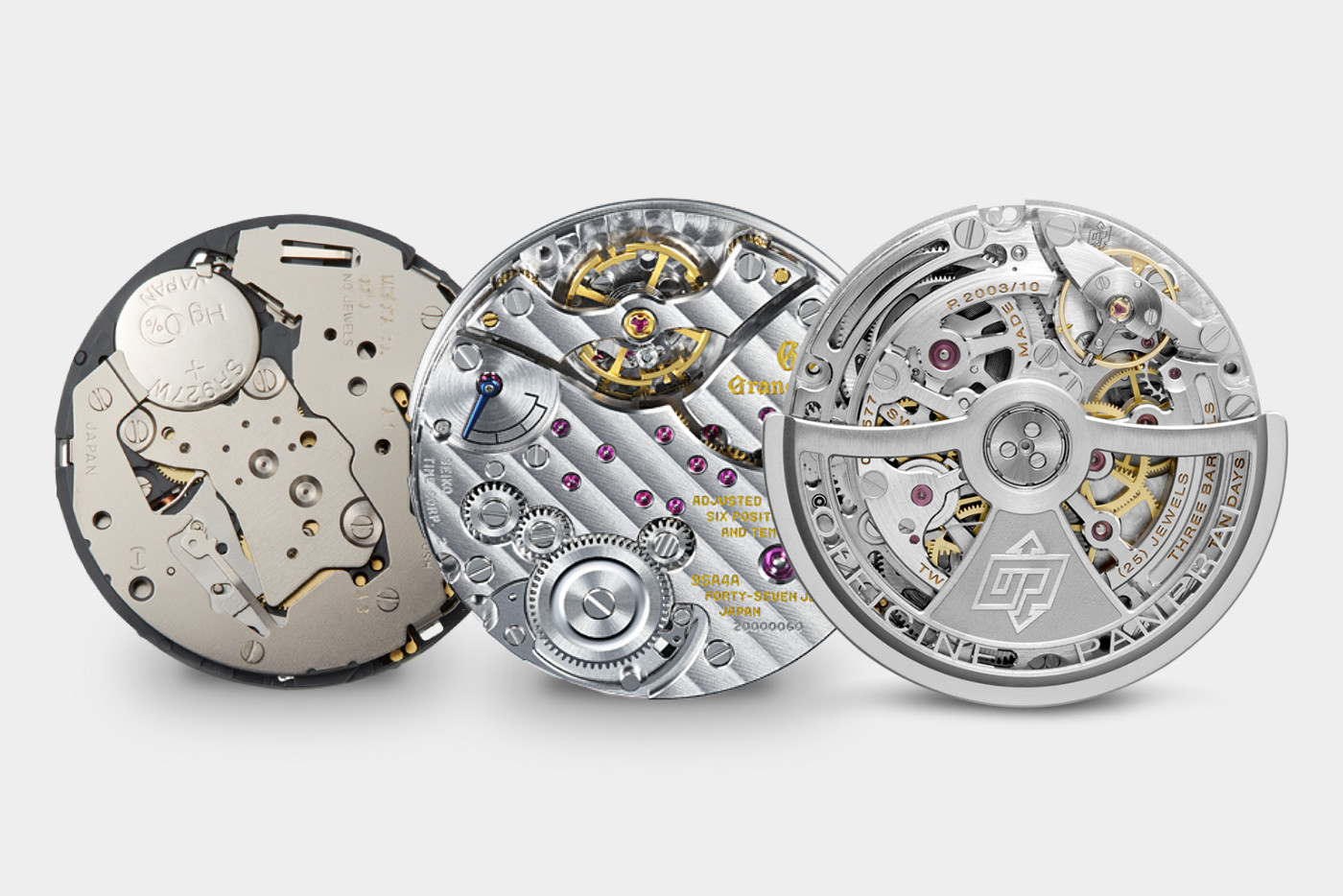
What makes a clock tick?
The heart of every watch is its movement, the mechanism that moves the hands. There are three main types: quartz, mechanical, and automatic. The first is battery-powered, the second relies on a manually wound spring, and the third, more modern, uses the motion of your wrist to keep it running. Each has its own charm, but all serve one purpose: to keep time accurately.
And how does the watch know how far to run? It all comes down to gears, hairsprings, and, in some cases, circuits. In mechanical watches, the energy stored in the mainspring is slowly released to move the hands. Automatic watches do the same, but with a rotor that spins when you move. Quartz watches, on the other hand, have a crystal that vibrates at precise frequencies thanks to an electric current. Magic for some, pure engineering for us.
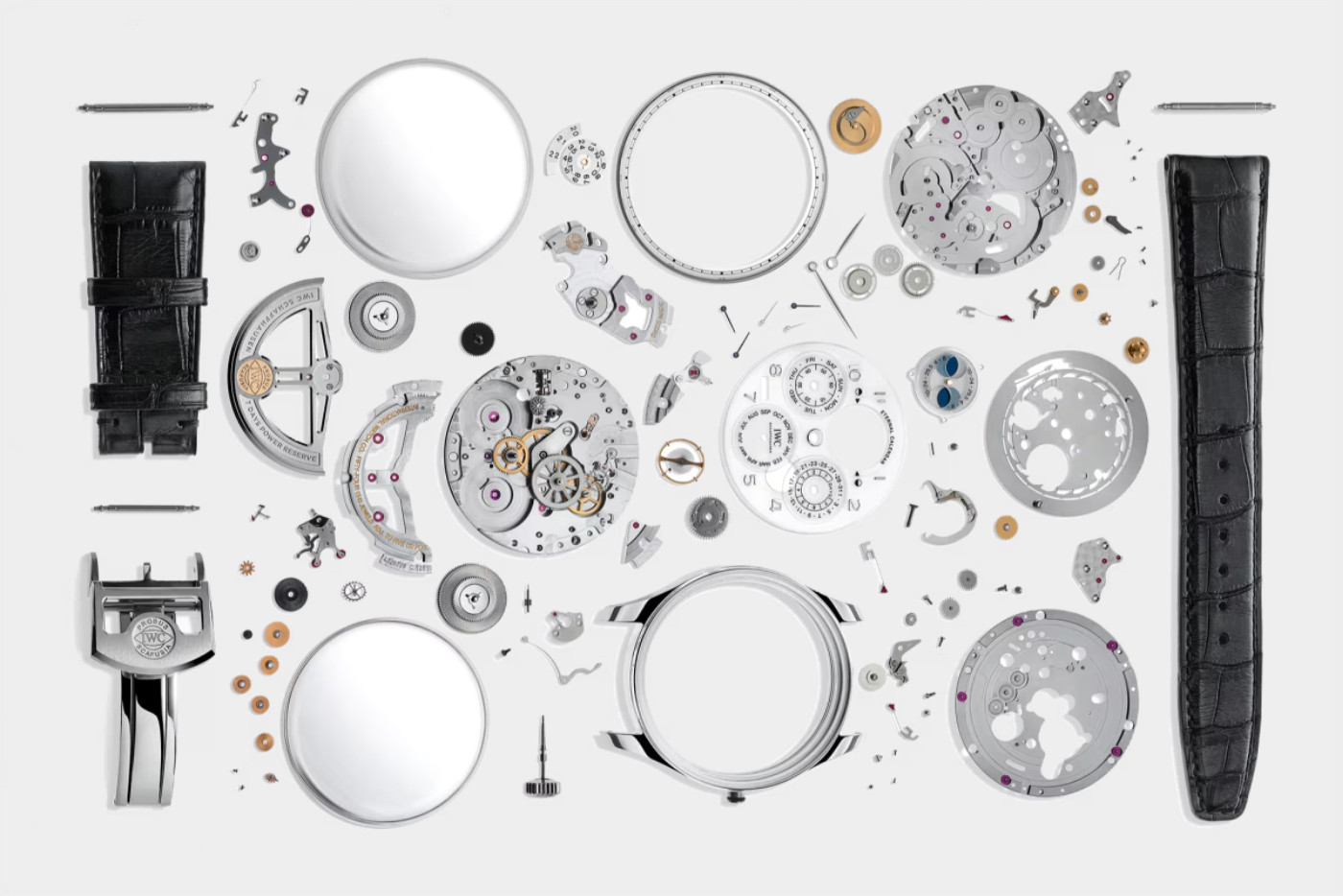
The essential parts of a watch
A watch is much more than a pretty face. From the case, which protects the mechanism, to the crystal, which keeps dirt out, every part has a purpose. The crown allows you to set the time, while the bezel (on some watches) is used to measure specific times, like on dive watches. And, of course, the hands, those tireless little sticks, are constantly marking the rhythm of your life... Okay, back to the beginning.
The watch caseback also has its charm, especially if it's transparent. This is where watchmakers truly showcase their artistry, leaving the mechanism visible. Did you know that some watches have more than 300 hand-assembled parts? Oh, and let's not forget the strap, which can be made of steel, leather, or rubber, always adapting to your style and the intended use of the watch. Every detail is a permanent blend of design and functionality. A marvel.
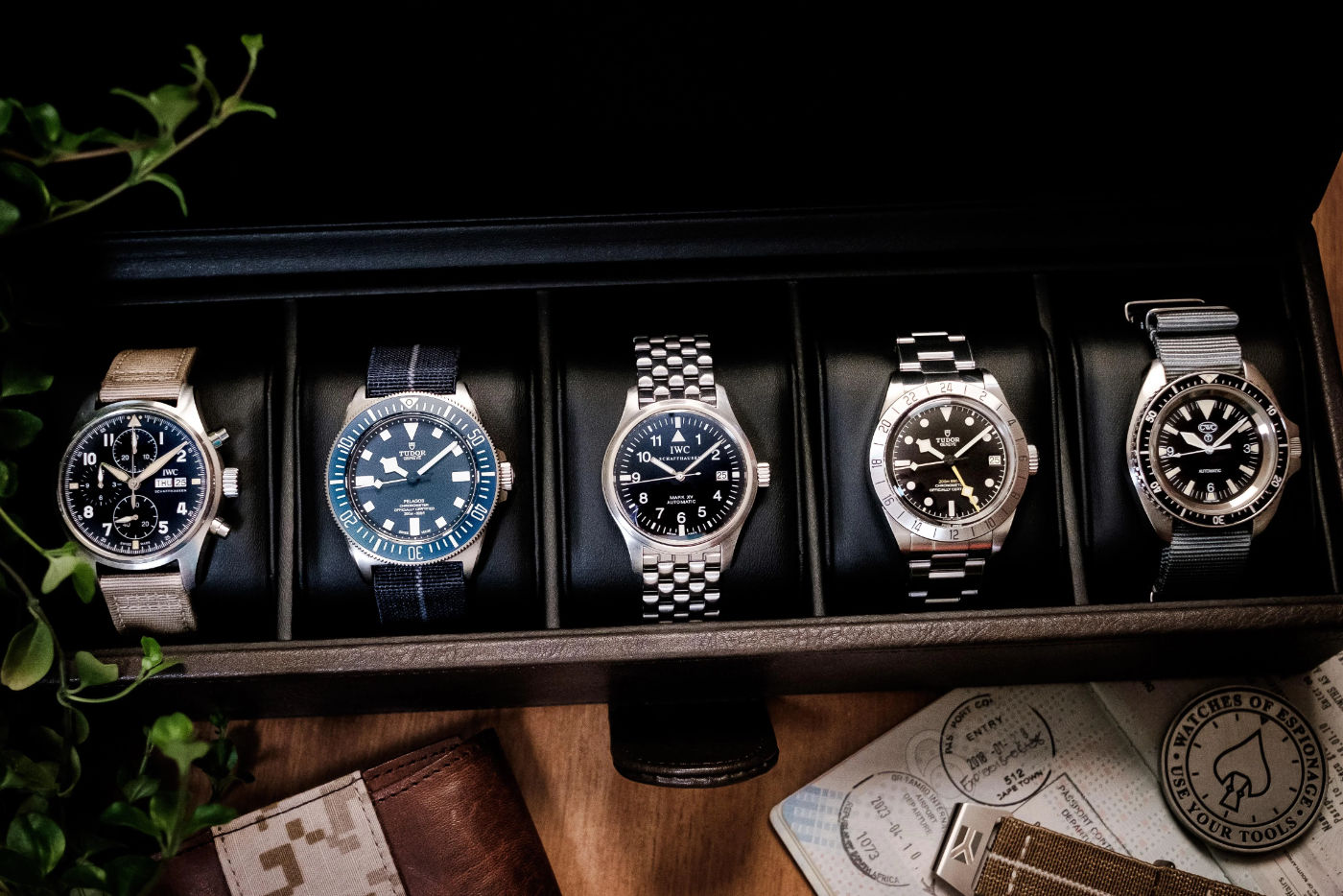
Types of watches: Which one is yours?
There are watches for every personality. Are you adventurous? A diver's watch is probably for you. An avid traveler? Then you absolutely need a GMT to stay in two time zones at once. Chronographs are for those who love to time every detail—for example, the exact time it takes for milk to rise or how long someone takes in the shower—while dress watches are perfect for elegant events.
Let's not forget pilot watches, originally designed for aviators, with ultra-legible, high-contrast dials and oversized crowns that make them easy to adjust mid-flight. There are also field watches, rugged and practical timepieces created to withstand extreme conditions, with an ultra-utilitarian design. Each type of watch has its own purpose, but in the end, it all comes down to your style and what you want to convey—and convey yourself.
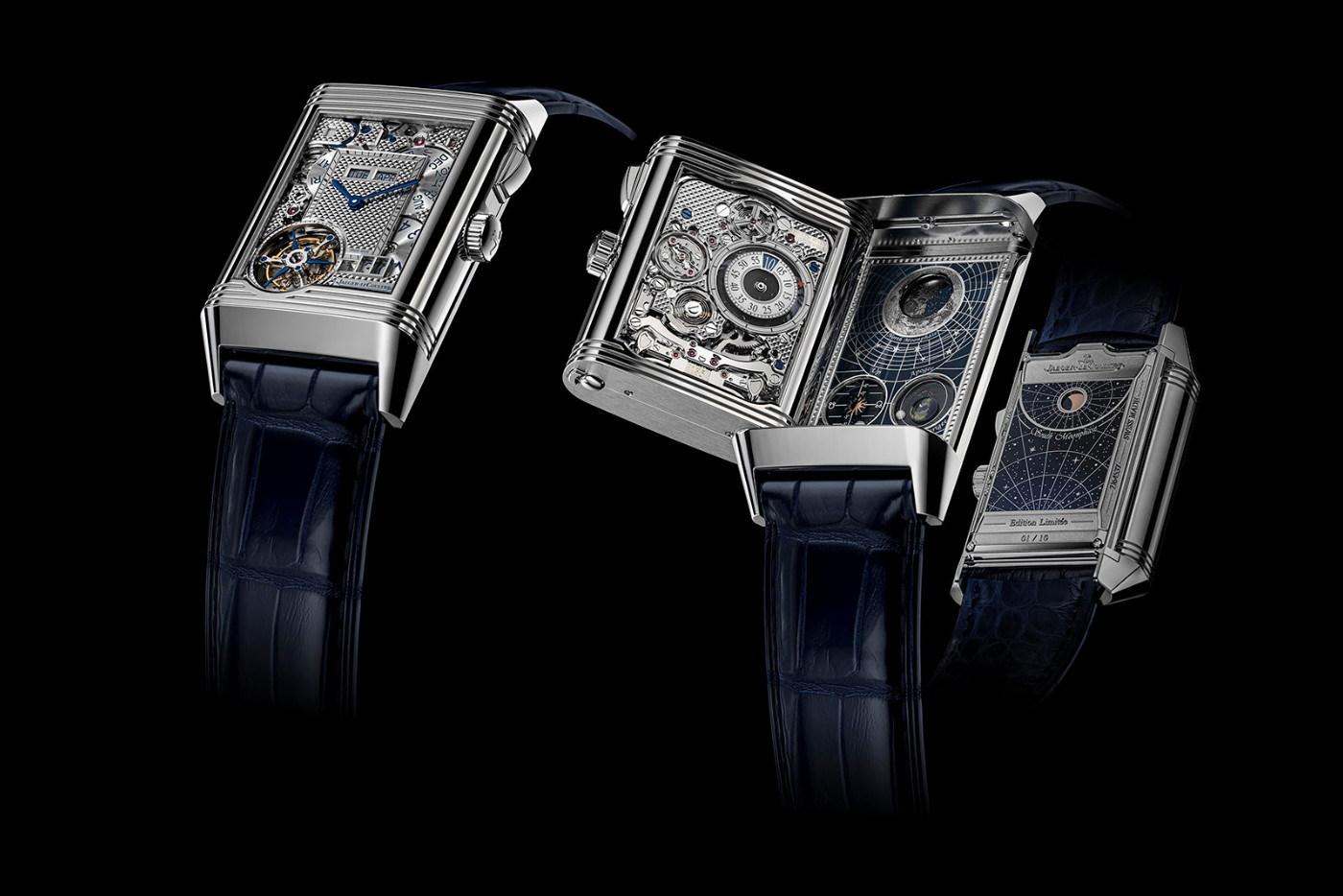
When complications are good
A "complication" in watchmaking doesn't mean problems, but rather additional functions that a watch can have. The most common are the date and chronograph, but there are many more: moon phases, perpetual calendars, alarms, chimes, power indicators, and even astronomical displays. These not only make the watch more interesting, but also demonstrate the mastery of the watchmaker and its artisans.
Some complications are true works of art. Think of a minute repeater, which chimes the hour, or a tourbillon, designed to counteract the effects of gravity. Crazy. They're not cheap, but they're testament to the dedication and skill of the world's finest watchmakers. If you ever see one in action, you'll understand everything, even the price.
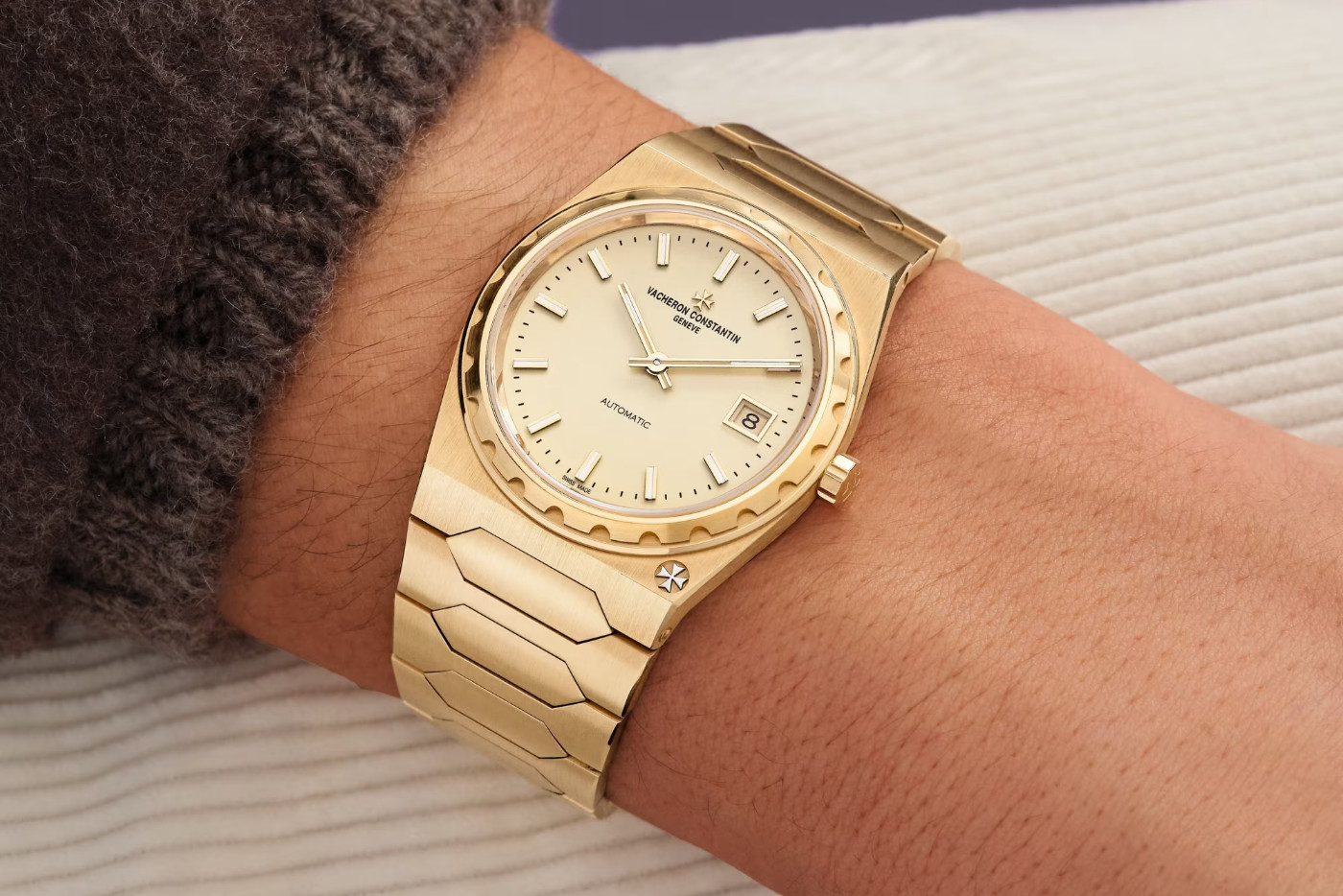
Why do we love watches?
This section isn't as technical, but we believe it's necessary. A watch is so much more than a functional object. It's a connection to time and our history. Each tick reminds us that time is precious—probably the most precious thing—but fleeting. Furthermore, watches allow us to wear a piece of industrial design and engineering on our wrist, something few objects can achieve.
We love watches because they tell stories, both those of their creators and our own. From a classic model inherited from your grandfather and cared for like a baby to a modern diver, an all-terrain beater for your aquatic adventures, each watch is a unique companion. So, whether you're thinking about starting your collection or adding another piece, remember that everything, everything, is better with watches.
More on the Blog



